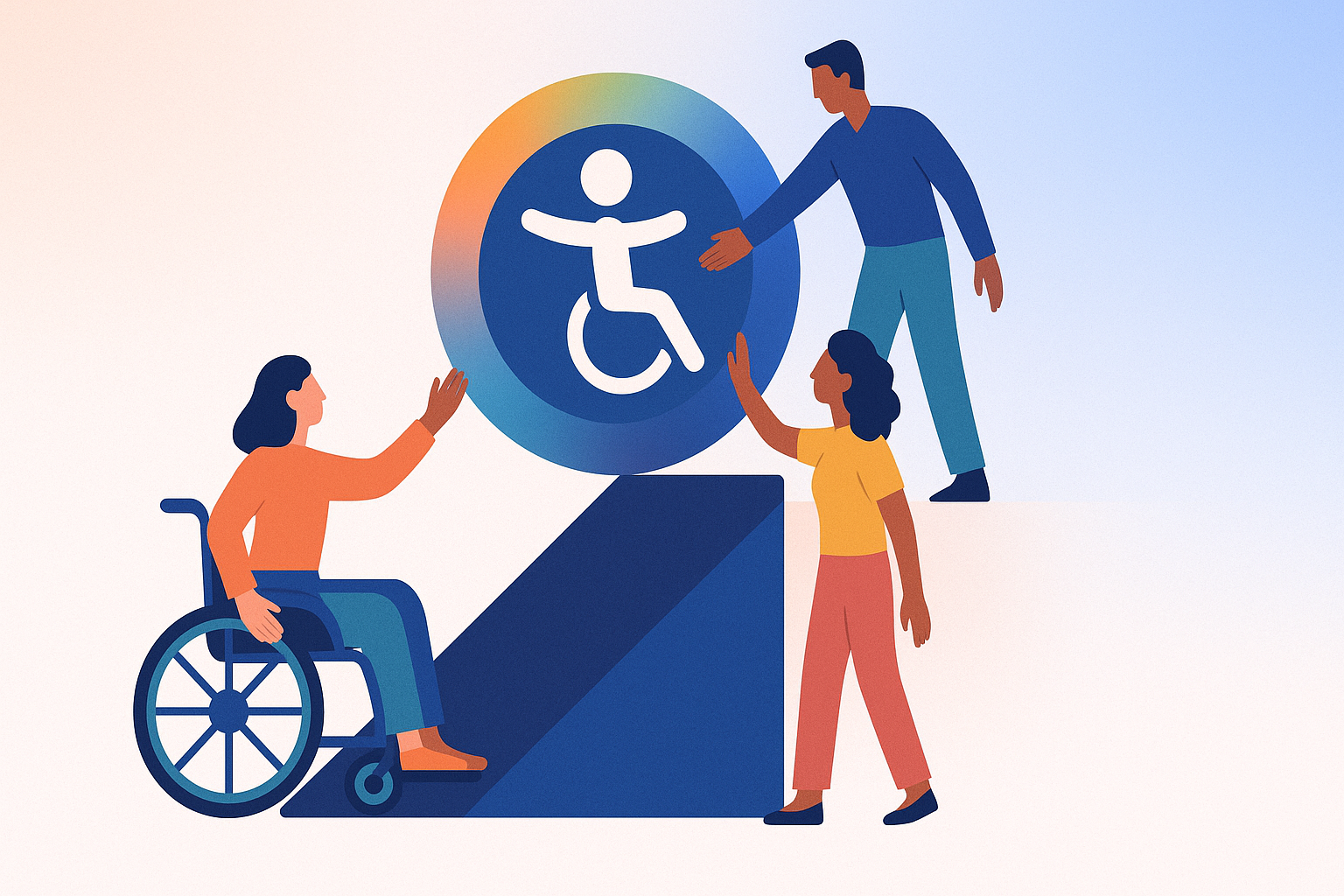


Meeting accessibility, also known as accessible meetings or inclusive meeting accommodations, refers to adjustments and supports that make meetings usable and comfortable for everyone, including individuals with disabilities. This accommodation addresses barriers such as communication difficulties, sensory sensitivities, and physical access challenges. Common features include captioning services, sign language interpreters, assistive listening devices, and flexible meeting formats like virtual or hybrid options. By integrating meeting accessibility, organizations foster inclusive environments where participants with hearing, vision, cognitive, or mobility impairments can fully engage, collaborate, and contribute. Prioritizing accessible meetings promotes equal participation and aligns with diversity and inclusion goals across workplaces and events.
Start by identifying participants’ specific needs through early communication. Arrange for necessary services like captioning or sign language interpreters in advance. Choose accessible meeting platforms that support assistive technologies and provide clear agendas and materials beforehand. During meetings, use inclusive language, allow extra time for responses, and offer multiple ways to participate. Afterward, gather feedback to improve future accessibility. Regularly update tools and training to maintain a welcoming environment for all attendees.
Disclo streamlines requests, documentation, and tracking for Meeting Accessibility, so HR teams and employees spend less time on paperwork and more time working productively.
